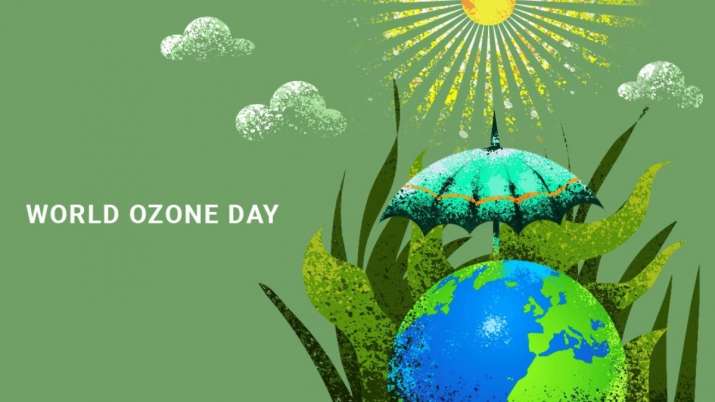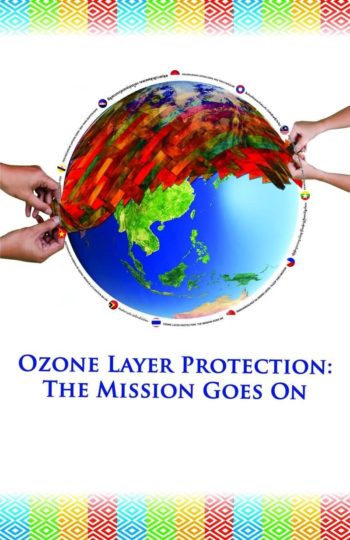World Ozone Day is also known as the International Day for Preservation of the Ozone Layer. The ozone layer is a safeguard of gas that protects the Earth from the unsafe rays of the Sun and helps in preserving life on the planet. The ozone layer is found in the stratosphere which is 15-30 km above the earth’s surface.
The ozone layer comprises a molecule containing three oxygen atoms, frequently referenced as O3. When the chemical reaction between the oxides of nitrogen (NOx) and Volatile Organic Compounds (VOC) is caused by the heat and the sunlight, ozone is formed.

The theme of this year’s International Ozone Day is ‘Montreal Protocol – keeping us, our food, and vaccines cool. In the late 1970s, scientists discovered that humanity is creating a hole in this protective shield, which is caused by ozone-depleting gases (ODSs) used in aerosols and cooling, like refrigerators and air-conditioners. Scientists raised the alarm on this. It was threatening to increase the cases of skin cancer and cataracts, damage plants, crops and ecosystems, etc.
On March 22nd 1985, 28 countries adopted and signed the Vienna Convention to protect the Ozone Layer and they signed the Montreal Protocol on 16th September 1987. Educators also teach their students about the benefits of the ozone layer and organise special events and activities to spread awareness.
On October 15th 2016, the parties of the Montreal Protocol on Substances that Deplete the Ozone Layer agreed in Kigali, Rwanda to phase down hydro fluorocarbons (HFCs) in their 28th meeting and this agreement is called a Kigali Agreement.
The Kigali Amendment aims to reduce the consumption and production of HFCs and introduced Hydrochlorofluorocarbons (HCFCs) as an alternative which have high global warming potential ranging from 12 to 14000.
Let us educate ourselves with the top 5 techniques to safeguard the ozone layer on this International Day for the Preservation of the Ozone Layer:
- First and foremost, make sure you’re reducing your use of ozone-depleting substances (ODS) that aren’t deemed edible under the Montreal Protocol.
Gases threaten the ozone layer such as CFCs (chlorofluorocarbons), hydrochlorofluorocarbons (HCFCs), halogenated hydrocarbons, methyl bromide, and nitrous oxide.
Avoid purchasing things that contain the compounds listed above. Cosmetics, hair sprays, room fresheners, chemical fertilisers, and cleaning goods may include CFCs and other dangerous greenhouse gases.
- Electrical appliances must be inspected and maintained regularly. Get them serviced on a regular basis, and dispose of them if they are older than 10-15 years because they release more ODS.
- Use extreme caution when disposing of electrical items, and avoid damaging the cooling circuit, which contains ODS. To avoid being released into the atmosphere, ODS from refrigerators and air conditioners must be adequately recovered and recycled. As a result, make sure the disposal is done by a professional.
- When making a purchase, look for appliances that have the ‘energy star’ label. Also, look for non-HCFC refrigerants in aerosols, air conditioning, and refrigeration equipment. Encourage everyone to choose environmentally friendly items.
- Whenever possible, take public transportation, bike, walk, or carpool instead of driving your own automobile. Always go for environmentally friendly options.
The phasedown will strengthen India’s attempt at tackling the menace of climate change as “the industry making and consuming Hydrofluorocarbons will be removed HFCs as per the approved schedule under and evolution of non-HFC and low global warming possible technologies,” the centre said in a statement.
According to the report from the Copernicus Monitoring Service, the hole in the ozone layer has become bigger than Antarctica, which is invisible.
Singhal Bhoomi Pawan

